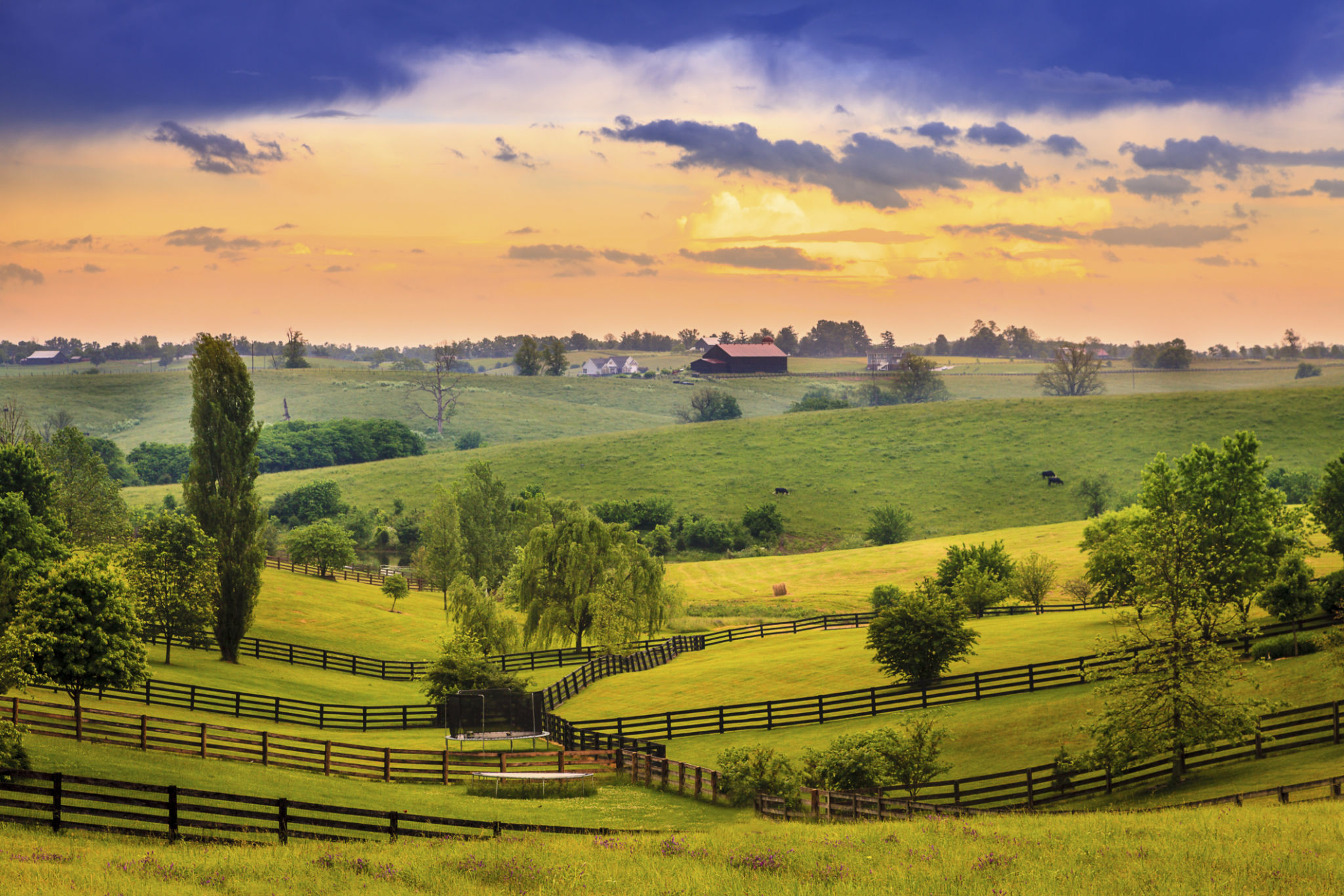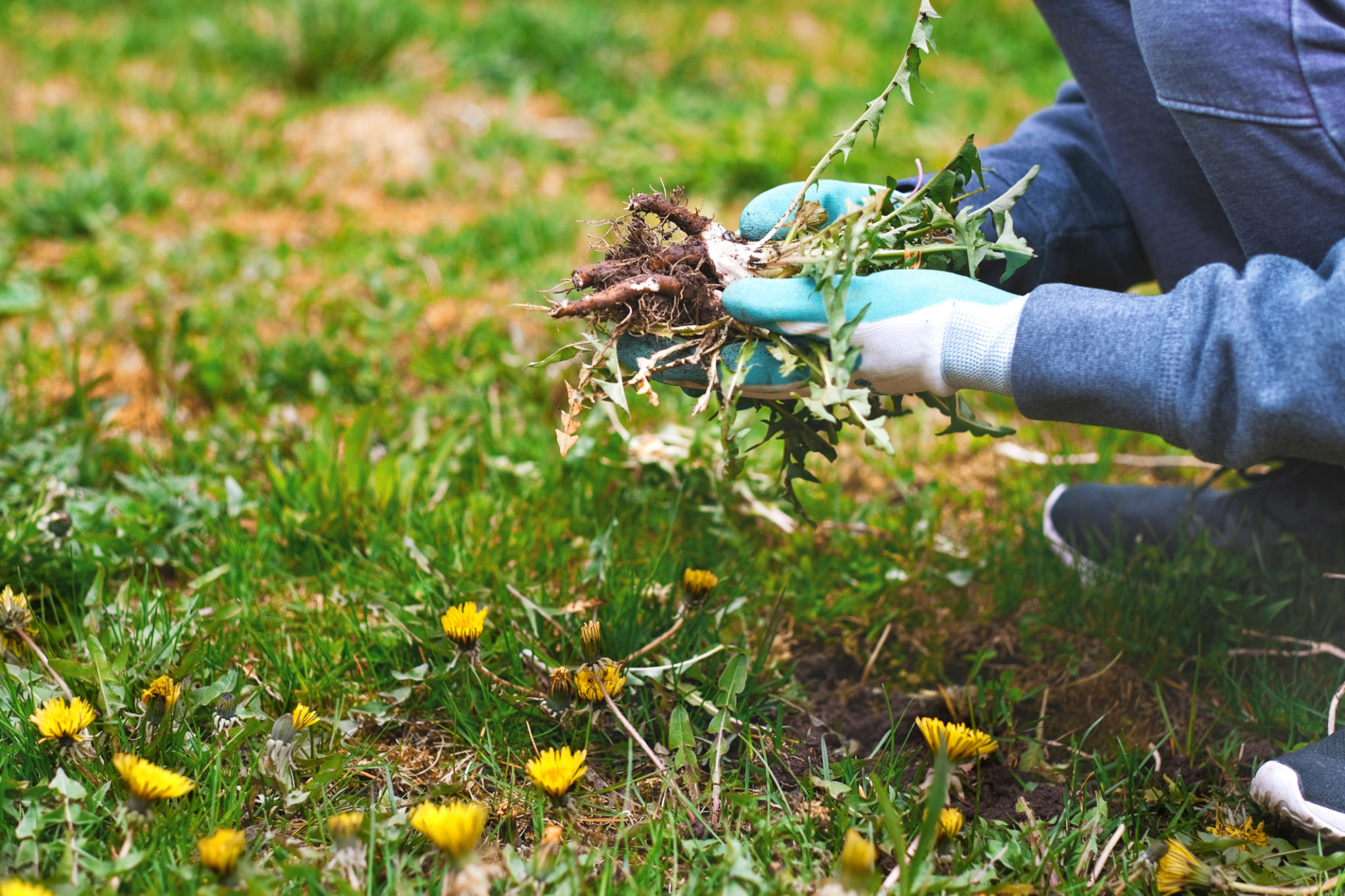Seasonal Landscaping Tips for Kentucky Homeowners: Preparing Your Garden for Spring
MP
Understanding Kentucky's Spring Climate
As winter draws to a close, Kentucky homeowners eagerly anticipate the vibrant blooms and lush greenery of spring. However, the transition from winter to spring requires careful planning and preparation to ensure your garden flourishes. Kentucky's climate, characterized by its moderate temperatures and frequent rainfall, presents both opportunities and challenges for gardeners. Understanding these nuances is essential for successful landscaping.
Kentucky experiences a range of temperatures in early spring, which can influence plant growth. The state's climate allows for a diverse array of plants, but it's crucial to select species that thrive in your specific region. Being aware of the average last frost date in your area will help you plan planting schedules effectively.

Soil Preparation and Testing
Before introducing new plants, it’s vital to prepare your soil. Over the winter, soil compaction and nutrient depletion can occur, affecting plant health. Begin by clearing any debris such as fallen leaves or branches from your garden beds.
Conduct a soil test to determine its pH level and nutrient content. This information will guide you in amending your soil with the appropriate fertilizers or organic matter. In Kentucky, many gardens benefit from adding lime to balance pH levels, but it's best to follow recommendations from your soil test results.
Amending and Aerating
After testing, enrich your soil with compost or well-rotted manure to improve its structure and fertility. Aerating the soil can also enhance drainage and root penetration, promoting healthier plant growth. Use a garden fork or aerator tool to gently loosen the soil without damaging existing plant roots.

Selecting and Planting Spring Flowers
Spring is the perfect time to introduce new life into your garden with vibrant flowers that add color and fragrance. Consider planting a mix of perennials and annuals for continuous blooms throughout the season. Popular choices in Kentucky include tulips, daffodils, and pansies, which are well-suited to the state's spring climate.
When planting, ensure that each flower has adequate space to grow without overcrowding. Follow planting guidelines for depth and spacing to give your flowers the best chance of thriving. Watering thoroughly after planting will help establish strong root systems.

Pruning and Maintenance
Spring is also the ideal time for pruning shrubs and trees to encourage healthy growth. Remove any dead or diseased branches to prevent the spread of pests or diseases. Pruning not only improves the plant's appearance but also stimulates new growth and increases sunlight penetration.
In addition to pruning, regular maintenance tasks such as weeding and mulching are essential during the spring. A layer of mulch will help retain soil moisture, suppress weeds, and maintain a consistent temperature around plant roots.
Pest Management
Spring's warmer weather can also bring about an increase in garden pests. Keep an eye out for common insects such as aphids and caterpillars that may harm your plants. Implementing natural pest control methods or using organic pesticides can help protect your garden without harming beneficial insects.

Planning for Future Seasons
Finally, as you prepare your garden for spring, consider long-term landscaping plans that will carry through the summer and fall. Think about incorporating plants that provide year-round interest or installing features such as raised beds or water elements that enhance functionality and aesthetics.
By taking these steps now, Kentucky homeowners can enjoy a flourishing garden throughout the seasons, reaping the benefits of their hard work as nature puts on its most beautiful display.
